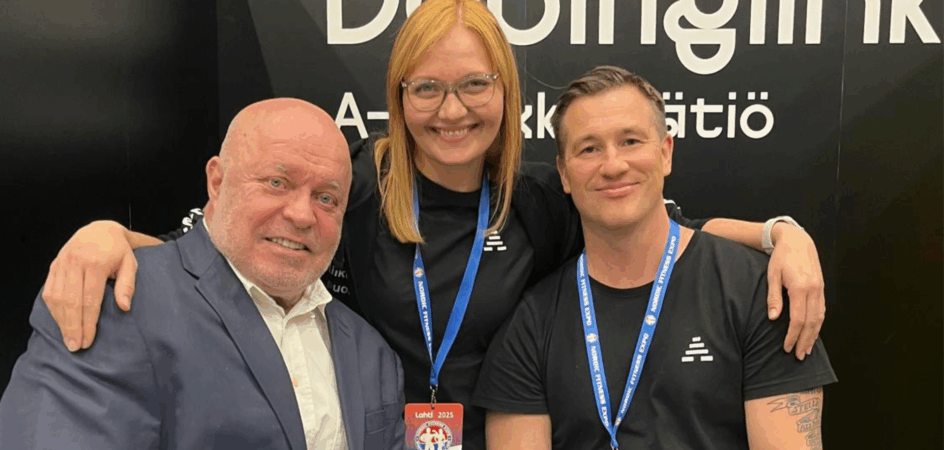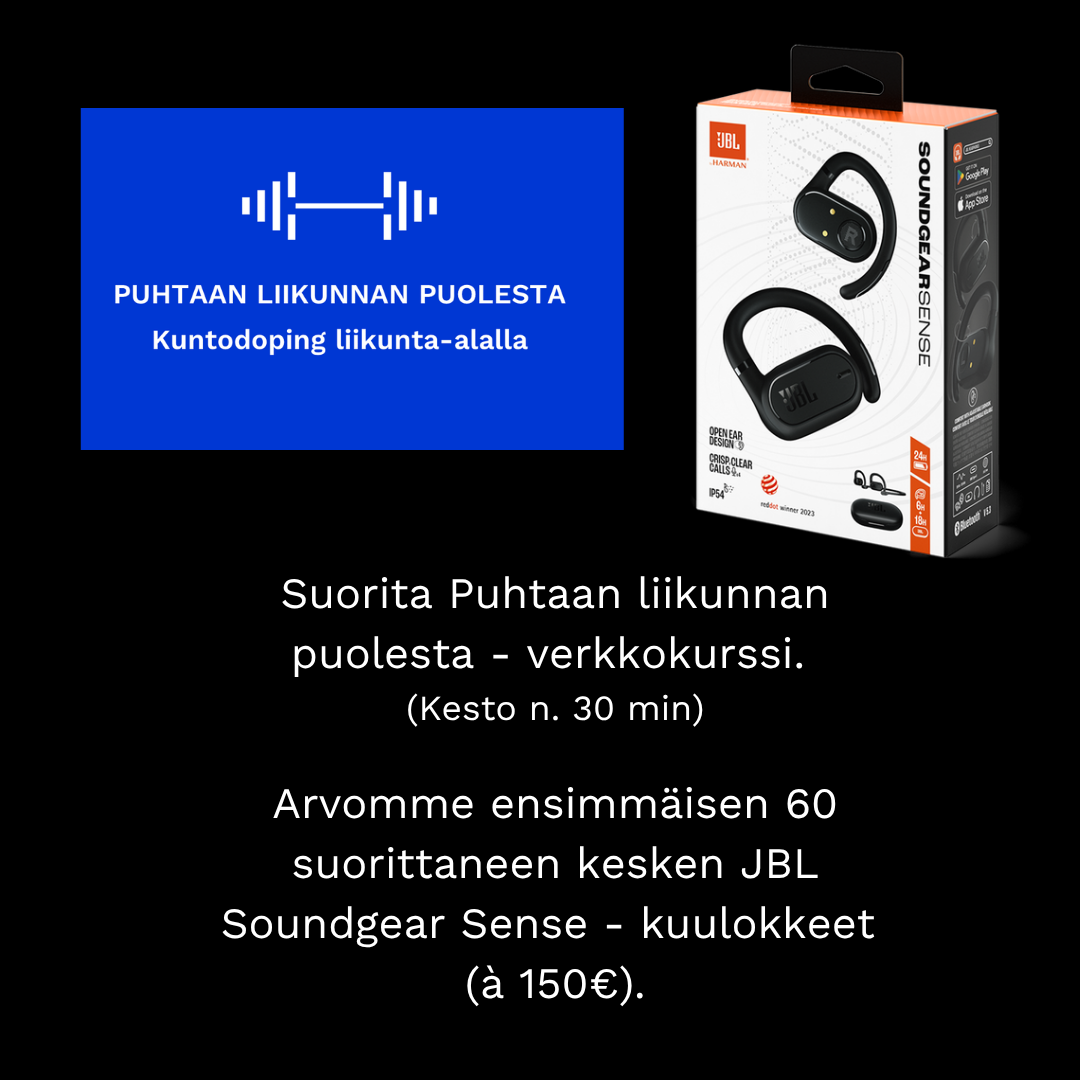08.10.2025 | Ajankohtaista
Dopinglinkki Nordic Fitness Expossa
Dopinglinkki oli mukana Nordic Fitness Expo 2025 -messuilla Lahdessa 4.-5.10. Messuosastollamme keskusteltiin aktiivisesti kuntodopingista, terveydestä ja kehonmuokkauksesta. Keräsimme myös kyselyllä tietoa messukävijöiden näkemyksistä ja kokemuksista aiheeseen liittyen. Suurin osa kyselyyn vastanneista oli sitä mieltä että dopingaineiden käyttö olisi kasvusuunnassa ja tunsi jonkun joka käyttää dopingaineita.
Osastolla vieraili myös entinen kehonrakentaja Tape Valkonen, joka jakoi omia kokemuksiaan dopingin käytöstä, hormoniriippuvuudesta ja siitä irtautumisesta. Lisäksi paikalla oli lääkäri ja tutkija Paula Vauhkonen, joka on väitellyt dopingista ja sen vaikutuksista terveyteen.
Tapahtuma tarjosi erinomaisen mahdollisuuden kohdata messukävijöitä ja lisätä tietoisuutta Dopinglinkin toiminnasta sekä dopingiin liittyvistä terveysriskeistä ja tuen mahdollisuuksista. Kiitämme kaikkia, jotka pysähtyivät osastollemme keskustelemaan ja osallistumaan kyselyyn!


Tykkää, jaa